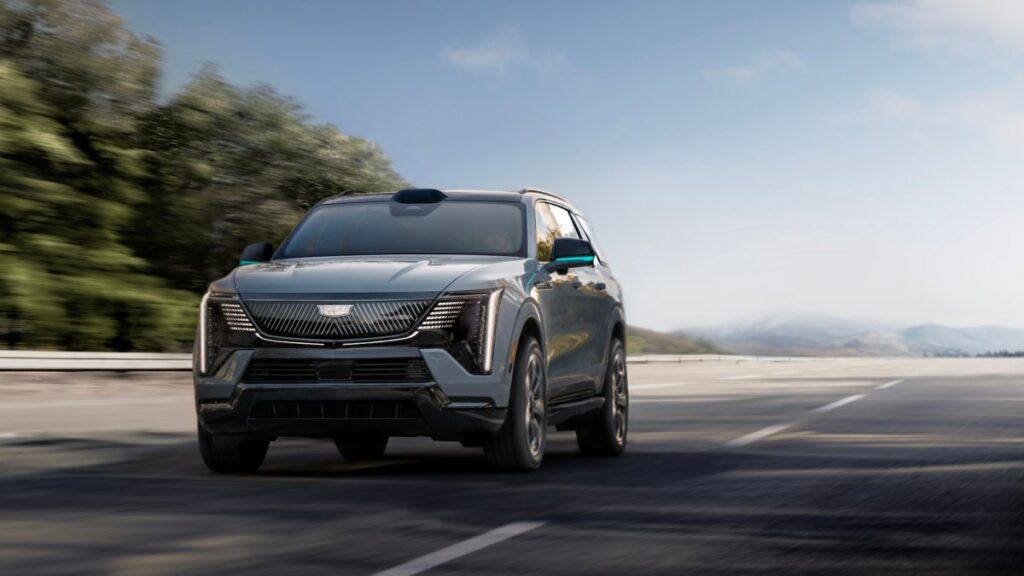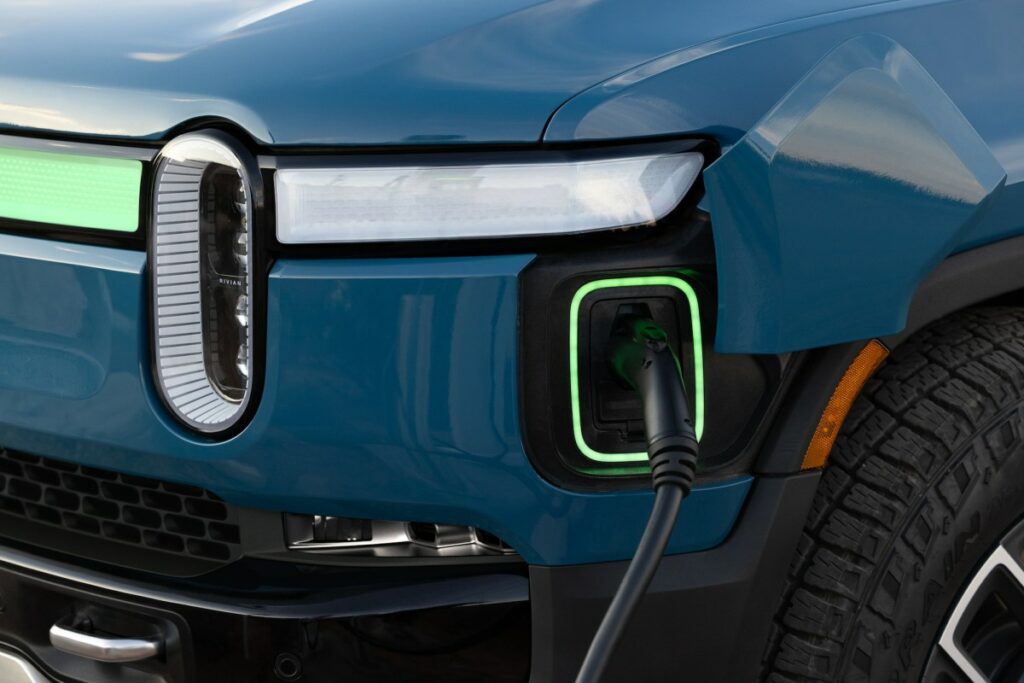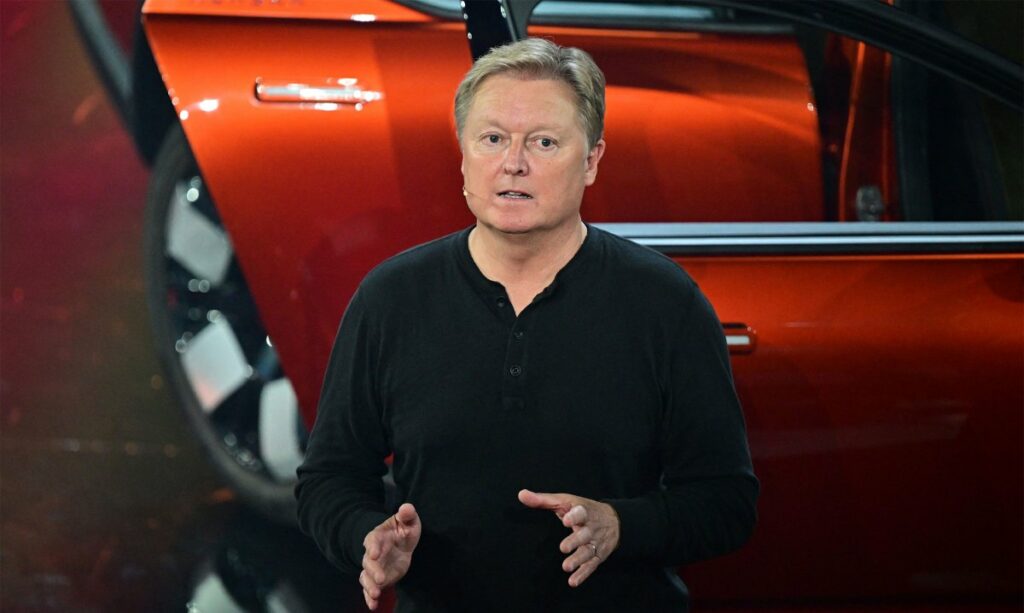General Motors is overhauling the electrical and computational guts of its future vehicles in a bid to deliver faster software, more capable automated driving features, and a custom, conversational AI assistant.
The result of this overhaul will debut in 2027 in the Cadillac Escalade IQ.
The U.S. automaker, which unveiled its plans at an event Wednesday in New York City, said a new electric architecture and centralized computing platform will be the foundation for all of its future gas-powered and electric vehicles, starting in 2028. The next-generation supercomputer, Nvidia Drive AGX Thor, will power the compute unit — the result of an expanded partnership between GM and Nvidia that was announced in March.
This under-the-hood renovation is a required step if the company wants to introduce more services and features, like a conversational AI assistant or a system that allows a car to safely navigate highways while the driver watches a movie — two products that GM said it is working on and will bring to future vehicles. It would also allow GM to improve the performance of its vehicles, fix problems, or add new features to its infotainment systems via software updates — all of which would make it more competitive with Tesla and the rising threat of Chinese automakers.
GM Chief Product Officer Sterling Anderson said he’s been focused on accelerating the rollout of this new architecture since joining the company in May because it “brings a lot of goodness,” like bandwidth and a “dramatic increase in the compute.” It’s part of Anderson’s broader goal of getting technologically advanced products into consumers’ hands faster.
“Going forward, on the core business, my focus has really been around speed, user experience of the product, and profitability,” Anderson told TechCrunch. “We’re looking across the business to find opportunities to dramatically reduce the development time for our vehicle platforms. Today, it’s on the order of four to five years. I’d like to get it closer to two.”
Inside most modern vehicles, including GM brands Buick, Chevrolet, Cadillac, and GMC, are dozens of small computers that handle everything from the infotainment and safety systems to propulsion, steering, and braking. The number of these computers, called electronic control units or ECUs, has risen over the past decade as automakers have added more services and features. Tesla, which took a ground-up, software-first approach, was able to outpace established brands with more computing power and the ability to roll out new features and improve performance through wireless software updates, similar to iPhones or Android-based smartphones.
Techcrunch event
San Francisco
|
October 27-29, 2025
Legacy automakers have spent years, and billions of dollars, trying to catch up.
The industry widely agrees that part of the solution is to change the underlying hardware architecture to handle the growing computational appetites of infotainment features, safety systems, and automated driving.
GM is taking a similar, although not identical, approach to the zonal architectures used by Tesla and Rivian. GM said it will consolidate dozens of ECUs into a unified computer core that will coordinate every subsystem in the vehicle in real time. That core will be connected to three aggregators — hubs that will convert signals from hundreds of sensors in the vehicle into a unified digital language and then route commands back to the correct hardware.
The upshot: the central computing platform will connect every system in the car, including propulsion, steering, braking, infotainment, and safety, through a high-speed Ethernet backbone.

GM calls the plan a “full reimagining” of how its vehicles are designed, updated, and improved over time. The end result, GM claims, will be vehicles with 10 times more over-the-air software update capacity, 1,000 times more bandwidth, and up to 35 times more AI performance for autonomy and advanced features.
GM has been on this software-centric, reimagining-the-vehicle road for several years.
In 2020, GM rolled out an updated hardware architecture called Vehicle Intelligence Platform (VIP) to allow for greater data processing power and over-the-air software updates. The following year, GM unveiled a cloud-based, end-to-end software platform called Ultifi that executives promised would make vehicles more capable and give drivers access to in-car subscriptions and new apps and services through over-the-air updates. The Ultifi branding has since been dropped, but it exists in GM’s newest models and is the software that operates on top of the VIP architecture. GM continued its bid for a more software-centric vehicle in 2022 when it consolidated dozens of computers used to operate the infotainment system into a single computing platform.
GM says this latest move builds on all of this.


